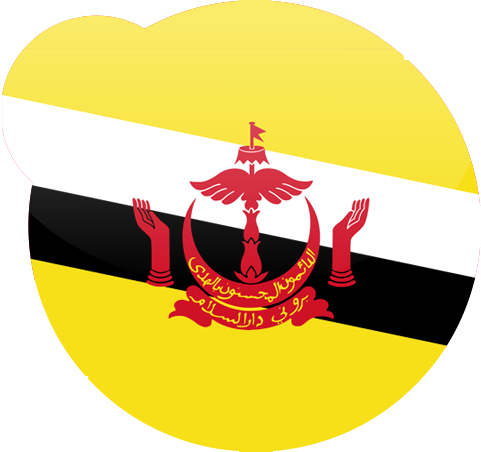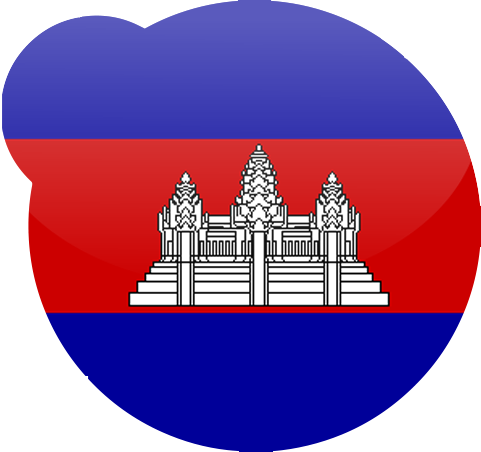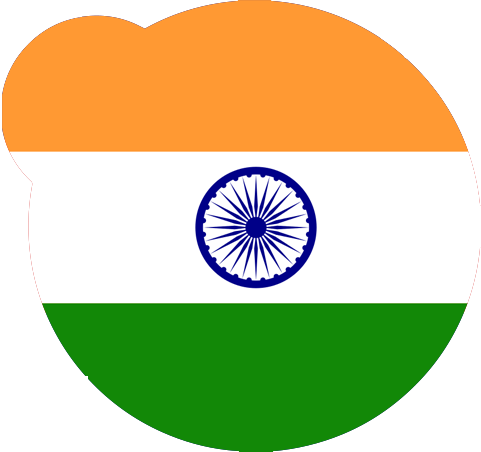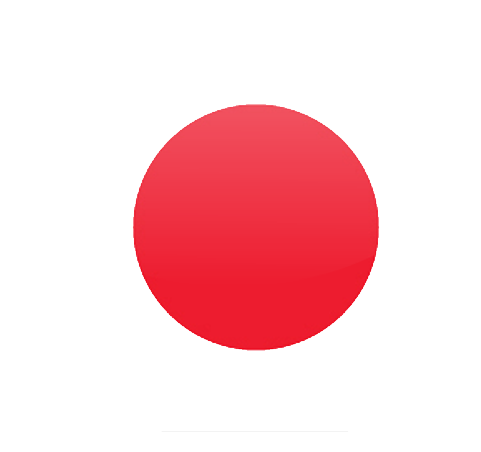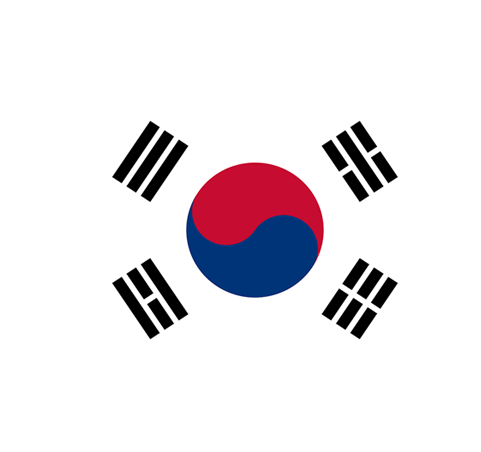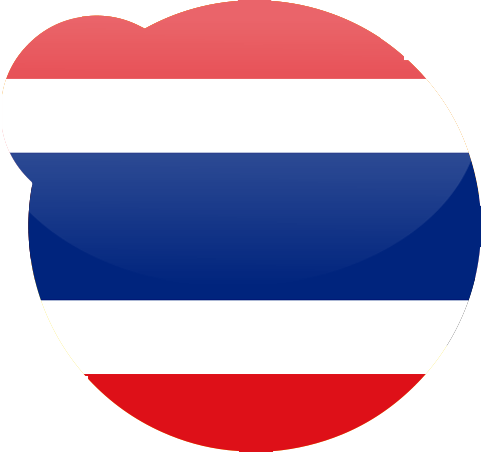Nt Campus
- Home
- Stay Hydrated -H2O
Stay Hydrated -H2O
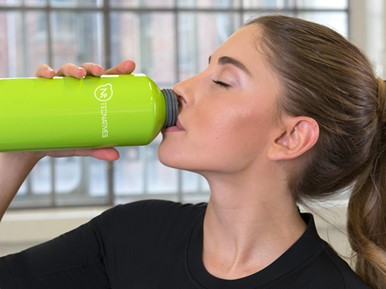
Every person needs several litres of water a day – men about 2.9 litres and women 2.2 litres. We get a part of it from eating (about 1 L) and a part from breathing (0.25 L).[1] If we start our training with a lack of fluid, it can increase the strain on the body and reduce physical and mental performance. Although this is well known, athletes are often dehydrated before training.[2] A dehydration of 1-2% does not yet show any reduction in performance, but performance impairments are already detectable from a dehydration of > 2% of body weight.[3]
“It is important that you drink generously – even before training.”
– Judith Münch
In order to be able to start your training in a hydrated way (i.e. your hydration level is normal), it is important that you drink generously before training, so that the fluid can be absorbed from your intestines and the urine excretion returns to normal (so that your training is not interrupted by toilet visits). This means about 0.5-1 L about 2 hours before training. Shortly before training you can drink a smaller amount of water, for example a glass of water, but it should not be too much, so that you do not start training with a full stomach.
During the workout you should drink so much that you do not lose more than 2% of your body weight in the form of water and sweat. If you don’t know exactly how much you are sweating, weigh yourself undressed before and after training, then you can calculate how much water you have lost.
Too much water intake in too short a time can also be harmful – it can lead to hyponatremia (sodium deficiency in the blood).[3] This happens because the ratio of sodium in the blood and in the cells shifts, the cells detect a higher sodium concentration than in the environment and thus “absorb” the liquid. Especially in the skull, however, the volume of the cells cannot increase, resulting in increased intracranial pressure, headaches and dizziness. Therefore: Do not drink over your thirst!
When choosing your drink, you should make sure that it contains a large amount of sodium, because you lose not only water but also salts during sports. However, your body needs these to function. Therefore, the most suitable drinks are isotonic – their salt content corresponds to the salt content of your blood. Beverages with 20-30 mM sodium (450-700 mg/L) are optimal.
Some sports drinks contain carbohydrates, which quickly provide energy and are recommended especially for excessive, long sports sessions. However, the proportion of carbohydrates should not exceed 8%, otherwise the emptying of the stomach is slower, the drunken water reaches the small intestine slower and is therefore absorbed later. Your sports drink should preferably not contain carbon dioxide, as the escaping gas can cause an unpleasant feeling of stomach fullness.
After training it is important to replenish the water and electrolyte reserves. If, for example, you have lost 1 litre of sweat, you should drink about 1.5 litres of water – you should drink a little more than you have used up, since normally urine is also given off after generous drinking.[4]
Overall, the volume of water and electrolytes required is very different for each person. Neither too much, nor too little is good, best each person develops an individual drinking plan adapted to the workout and the loss of sweat.
Have fun with your intensive EMS training and Stay Hydrated!
- 1 Kleiner, S.M., Water. J Am Diet Assoc, 1999. 99(2): p. 200-206.
- 2 Maughan, R.J., S.M. Shirreffs, and J.B. Leiper, Errors in the estimation of hydration status from changes in body mass. J Sports Sci, 2007. 25(7): p. 797-804.
- 3 American College of Sports, M., et al., American College of Sports Medicine position stand. Exercise and fluid replacement. Med Sci Sports Exerc, 2007. 39(2): p. 377-90.
- 4 Montain, S.J., Hydration recommendations for sport 2008. Curr Sports Med Rep, 2008. 7(4): p. 187-92.
Image Source TECNATIVES International
GET IN TOUCH
Write us a short message to receive your desired information. Alternatively, you can contact one of our distributors in your region directly.

